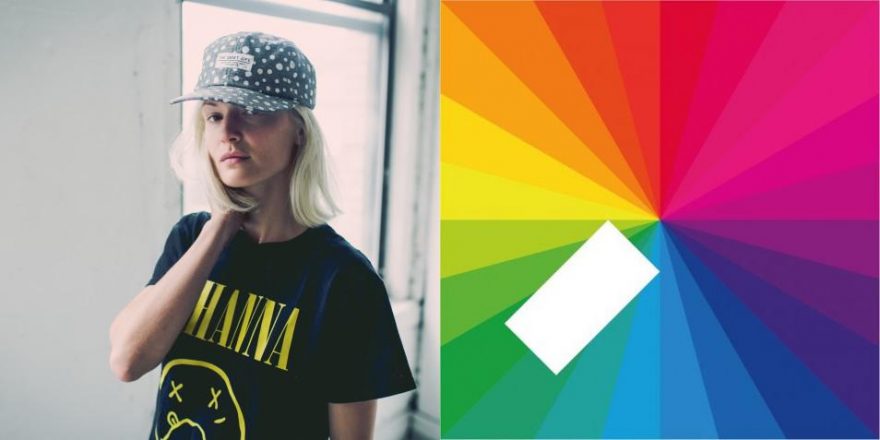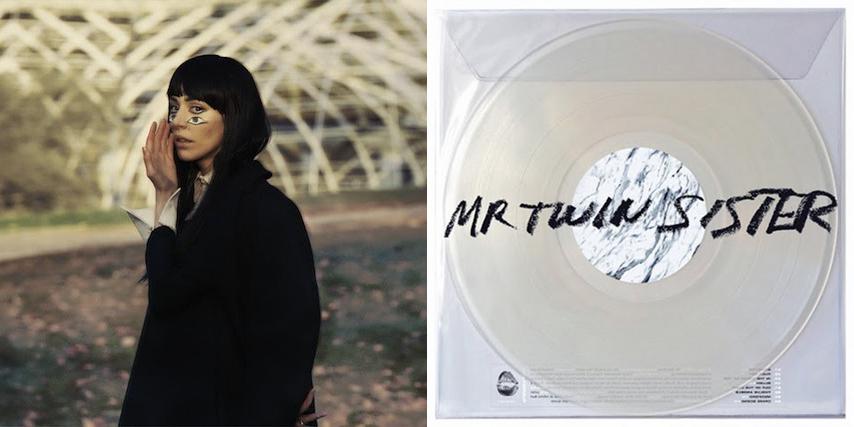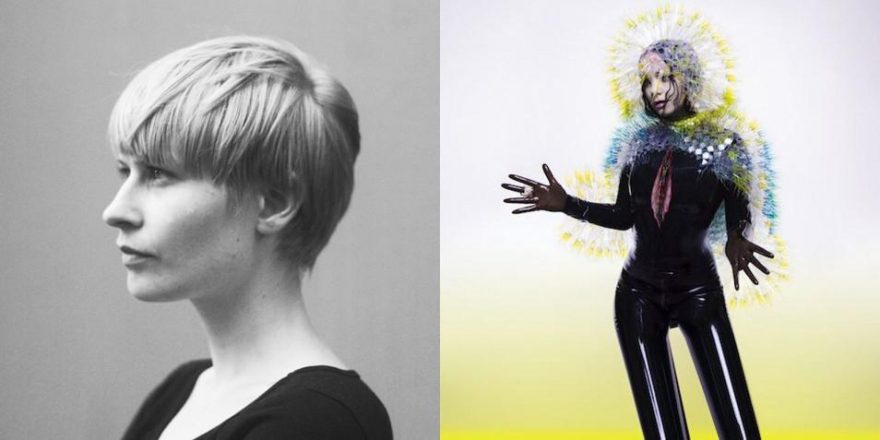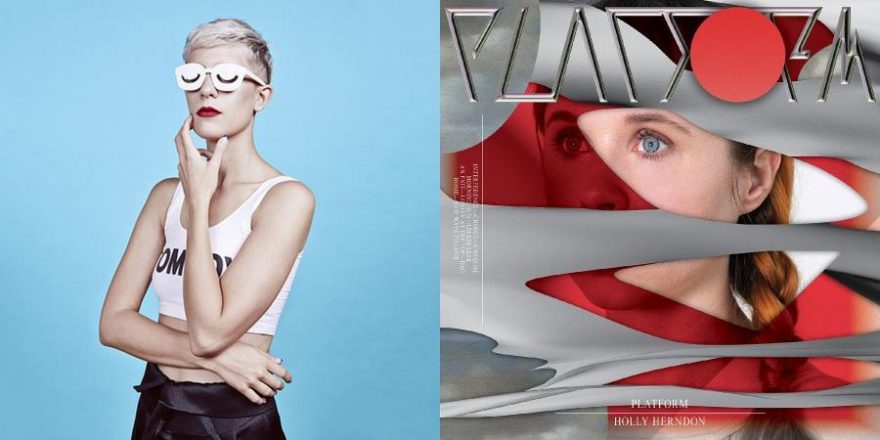I always return to this idea that a thing becomes better when it reaches for its opposite. Cookies need salt. Pasta sauce needs sweetness. As one-third of a group known for introverted, downtempo music, Jamie xx has assembled a debut whose best moments hum with kinetic, up-for-it energy: OH MY GOSH.
It’s telling that those are the first words we hear on this record. The first track’s ominous opening swell is gamely chopped after a few seconds and a trebly beat drops in, busy and hot with breakbeat noise. If you’re like me, this tempo-timbre combination might make you choo-choo in the shoulders, especially when the stereo field fills out with what sounds (delightfully) like hard-panned panting. Whatever you associate with this jumping, sandpapery opening of “Gosh” and its ensuing vista-drunk, classically epic synth solo, it’s a great start to the conversation.
For me, the most distinguishing feature of Jamie Smith’s work is its simultaneous function as stimulant and salve. “Sleep Sound,” the next track, is a perfect example of this. As a consort of plucks and pitched percussion connects dots into phrases (is that a little cuica at the top?) it’s easy to forget that we’re still in a fast tempo, only a few clicks below “Gosh.” A doo-wop sample appears, then is soloed. Bobbing around the surface of the mix on a buoy of reverb and low-pass filter, it cycles through frequencies with the hypnotic grace of a nature film time-lapse — a week in the life of a flower, perhaps, opening and closing with the changing light.
I was surprised to learn that Four Tet is connected with the next track, “Seesaw,” because it’s so easy to imagine his hand in the lively but unhurried (and unquantized, and untuned) twinkling things of “Sleep Sound.” “Seesaw” doesn’t do it for me. Its anodyne arpeggiator reminds me of early Crystal Castles; Romy Madley Croft’s voice is buried in the mix yet kept from fully dissolving into texture. The fragments we’re left with seem piecemeal, audible but not really singable, or maybe just not very exciting.
OK, so here’s my crazy theory about “Just Saying”: I think it’s a sibling of “Loud Places,” the uplifting, soul-sampling single that comes three tracks later. Try singing the latter’s melody over this instrumental — it mostly works! The two are very close, and where they don’t line up we get delicious left turns in the harmony (“Obvs” could use a few of these). “Just Saying” has a clear, concentrated narrative and a small but vital cast. At its center is an apotheosis, a moment of piano clarity that is allowed to live and be beautiful without cliché or melodrama before the wind-whipped synths pick back up. In the next video, I hope the “Gosh” explorers travel to this planet.
I’ll just say this now: my least favorite moments of In Colour are those that sound the most like xx records. To be clear, I have no issue with Romy Madley Croft or Oliver Sim as discrete performers, but they appear on this album in well-trodden xx form, which seems like a missed opportunity to stir things up.
“Hold Tight” opens with a huge polysynth flexing luxuriously full lows and overtones, and this sound alone is enough to restore the giddy anticipation of “Gosh,” which I suddenly realize has been missing for a while. As in a choreographed fight, the elements here advance and recede in measured movements, hinting at the wallop they could pack but never abandoning the shared cause of a masterfully slow build.
“Hold Tight” dissolves into sirens and city noise and we’re suddenly on a quiet, rain-scrubbed street, at night. A door opens audibly — filters! — to reveal a shimmering utopia where soft waves of crowd noise ebb and flow, and clinks of ice on glass fall into delicate, swingy rhythms. String pads alight in triads so pure and without agenda that you might tear up from your own relative wretchedness. This opening is objectively beautiful, and what follows is a great song. I can’t quite parse whether its protagonist feels liberated or crushed by her situation, but I know that’s not really the point, so whenever “Loud Places” comes on, I try to stop thinking and just enjoy it. From here to the end In Colour seems to take off, moving freely between forms and temperatures in a way that feels unburdened and at the service of physical movement.
Even if you never see the rainbow artwork, In Colour ultimately feels positive. This is important to note, considering that in music as in news (and perhaps everything else), it is much easier to attract attention with aggression than with its opposite. Rifle through instrumental electronic music from any era and the good stuff comes up predominantly minor and dark. Maybe this is the natural tendency of musicians who prefer to make things with machines rather than with other people, but In Colour respectfully divides the billing between everybody in Jamie Smith’s extensive wheelhouse, from those tangy steel drums to his xx bandmates, his crate-digger finds, everybody on “I Know There’s Gonna Be (Good Times).”
I recently watched a video where the techno veteran Jeff Mills describes feeling ready to “cut the connection” with his audience in order to “move further” creatively. Soon after, I happened to meet Jamie xx at a party and asked him if he liked Jeff Mills or Robert Hood or Juan Atkins (I’m in a Detroit phase); he answered yes, but he doesn’t have much time to listen. In Colour doesn’t pander, but it also never sounds like it’s trying to “advance” anything. It is simply the work of a musician completely engrossed in the assembly and interplay of raw materials that I’m sure took years to collect.
The takeaway is this: keep your head down and work (or boogie, depending on your needs). Maybe this was Jeff Mills’ mantra 30 years ago, and maybe on the other side of a long career Jamie Smith will want to cut himself off from his audience too. For now, for the next few years, he will travel the world playing material from this record (and lots of other records) for raving fans, mostly at night. But try to rave a little to In Colour in the morning, outside and alone. The first full-spectrum light is probably the safest possible space for all its colors and all your moves.









